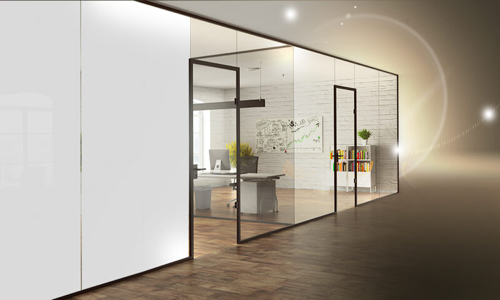
Manager Lin (Ms.)

13590486347

Bao'an District, Shenzhen City, Guangdong Province, China

chloe@cy-glass.com
News
The principle of electro-optic glass is mainly based on the arrangement changes of liquid crystal molecules. When the electric glass is powered off, the liquid crystal molecules inside the glass are arranged in disorder, causing light to be unable to pass through and the glass to appear milky white and opaque; When powered on, the liquid crystal molecules become orderly arranged under the action of an electric field, allowing light to pass through and making the glass transparent.
Structural characteristics
Electro optic glass usually uses a special process to solidify the liquid crystal film between two layers of glass. The two conductive films of liquid crystal are equivalent to two planar electrodes. After being electrified, the liquid crystal molecules change from disordered arrangement to ordered arrangement, allowing light to pass through and form a transparent state. This structure enables electro-optic glass to have the functions of power-off atomization and power-off transparency.
Application scenarios
Electro optic glass has various application scenarios, including but not limited to:
Privacy Protection: By switching between transparent and opaque states, privacy protection functionality is provided.
Projection screen: Due to its transparent nature, electro-optic glass can be used as a projection screen, replacing traditional screens.
Intelligent control: supports multiple control methods such as manual lighting, light controlled dimming, voice controlled lighting, temperature controlled lighting, and remote control switches, and can even be controlled through intelligent apps.
advantages and disadvantages
Advantages: Low environmental requirements, scratch resistant, moisture-proof, high clarity, long service life, easy installation, and low cost.
Disadvantages: High environmental requirements and relatively short service life

新闻详情